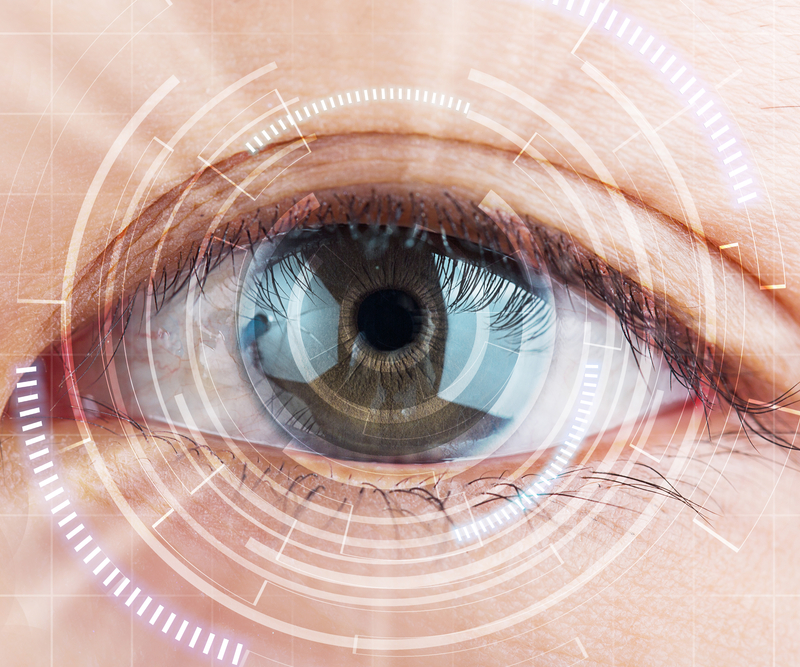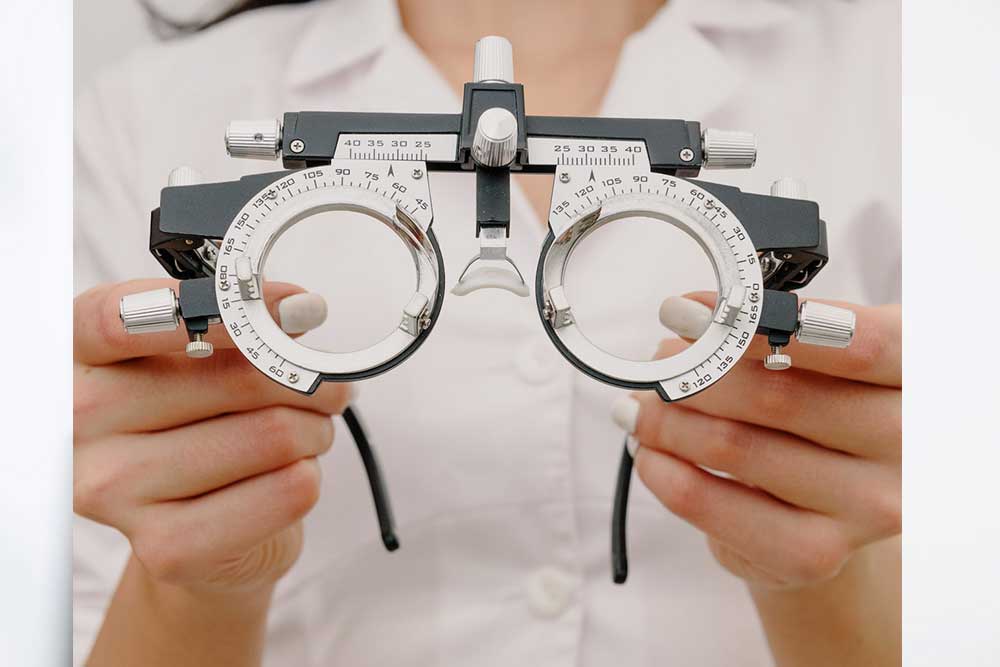

Glaucoma
we strive to provide our patients with the highest quality medical and surgical eye care possible. Our professional staff of ophthalmologists, certified ophthalmic assistants, and technicians treat our patients with compassion, empathy, and individualized care while using only the latest technology and techniques available.
Common Vision Problems
Your ophthalmologist can identify many of the common vision problems, including:
Nearsightedness – Also known as myopia, nearsightedness is the most common vision problem in ophthalmology. Images focus in front of the retina, instead of directly on the retina’s surface, because the eye is too long or the cornea is too curved. One or a combination of these abnormalities can cause objects that are far away to appear blurry. You can correct this problem by wearing glasses, contacts, or by undergoing refractive surgery, such as LASIK.
Farsightedness – Hyperopia, or farsightedness, affects around a quarter of the population. This ophthalmological issue occurs when light enters the eye behind the retina because the eye is too short or the cornea is too flat. This will make objects that are close to you appear blurry. It is common for children to be born farsighted, but the problem fixes itself naturally because the eyeball lengthens with development. Like nearsightedness, farsightedness can be fixed with corrective lenses, contacts, or, in some cases, LASIK surgery.
Astigmatism – Images are distorted and not uniform in all directions, so objects both near and far appear blurry. This occurs when the cornea is shaped irregularly. Astigmatism often occurs in conjunction with myopia or hyperopia. Ophthalmologist are unsure of the specific cause of astigmatism, but it’s easily treated with the use of glasses, contacts, and, in some cases, LASIK surgery can help with certain types of astigmatism.

